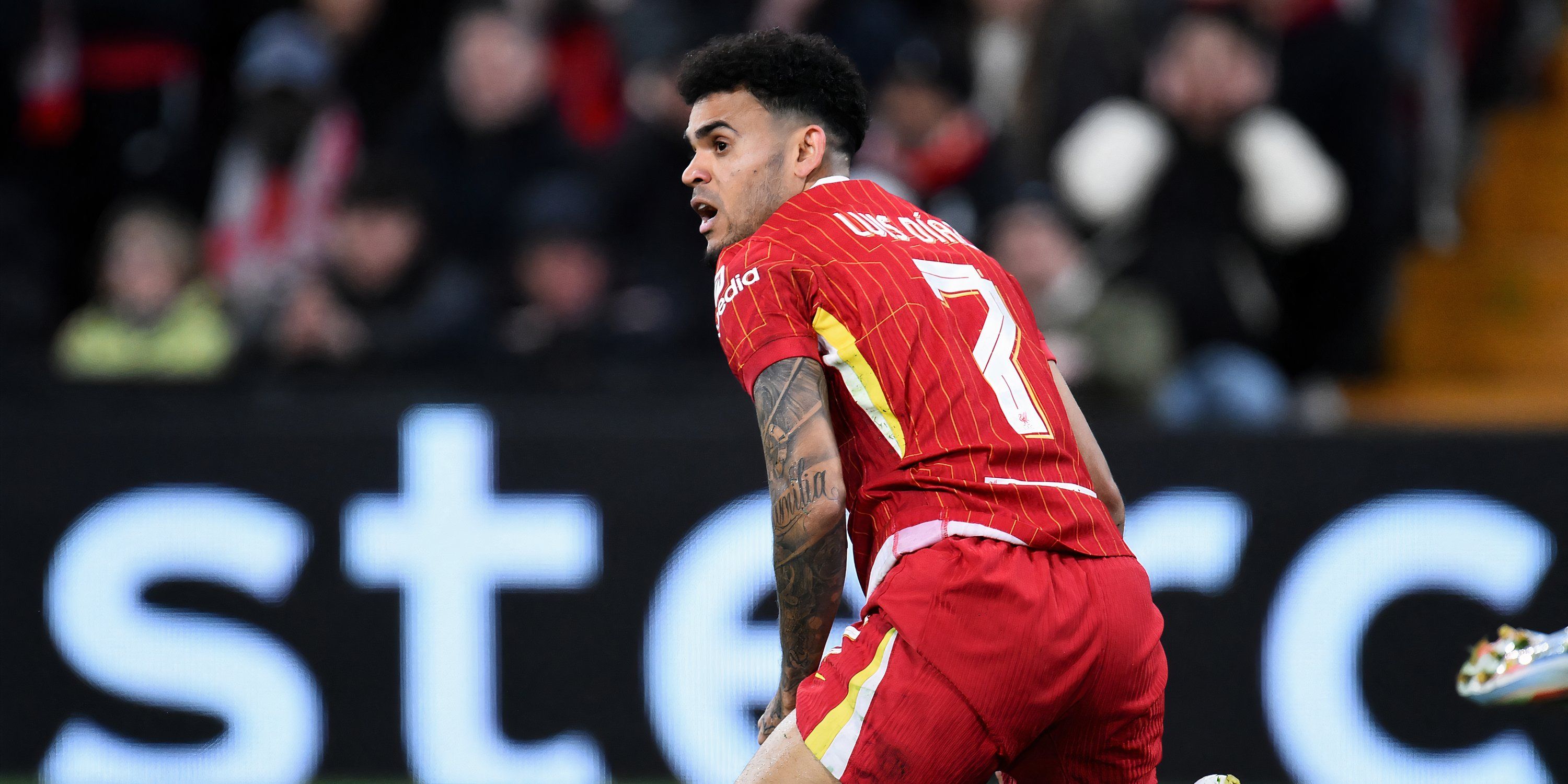How watching the Tour de France became an uphill battle in Canada
Open this photo in gallery: Canadian cycling fans no longer have a TV option if they want to watch the Tour de France as it gets underway on Saturday. Streaming service FloSports has the Canadian rights to the event and offers it up to paid subscribers.Sarah Meyssonnier/ReutersThis Saturday morning, the baristas at Fix Coffee + Bikes in downtown Toronto will begin their day by grinding the espresso, setting out the pastries, and – as they do whenever there’s a big cycling race somewhere in the world – turning on the large projection TV, for patrons to enjoy the first stage of the Tour de France.But the TV won’t be tuned to Sportsnet, TSN, or any of the other major broadcasters that have carried the 23-day event over the decades. In Canada, the Tour airs on FloSports, a startup streamer that also has the Giro d’Italia, the Vuelta Espana and dozens of other top-tier races.“Flo has events that we’re trying to show that we can’t get anywhere else,” said Haydn Wiles, who handles marketing for Fix. The store is planning a Tour watch party on Saturday, July 19 that he expects will bring in a larger than normal crowd. “The other thing that’s really nice about Flo is that they cover a lot of the small stuff, which works for our brand to have on.”Five years after buying the streaming rights to the Tour in Canada, FloSports is in the midst of a push to expand its footprint in this country, purchasing the rights to hockey leagues including the AHL, ECHL and QMJHL.Over the past decade, as much of the traditional broadcast landscape has cratered, most viewers have stuck with legacy sports services. But as those mainstream channels spent ever higher sums on sports that appeal primarily to mass audiences, leaving other games behind, an ecosystem of alternative services has sprung up, including the soccer-focused Fubo, OneSoccer, beIN SPORTS, and FloSports.While these challengers offer comprehensive coverage, serving hard core fans of niche sports better than ever, the explosion of options is also fuelling discontent over rising TV bills and an array of choices that sometimes can be bewildering for viewers.FloSports got its start about 20 years ago when Mark Floreani, a former track and field athlete at the University of Texas, and his brother, Martin, a wrestler, travelled around the country to film interviews with athletes in track and wrestling, who they felt weren’t getting much attention.“That’s always been the backbone of our business,” said Brian Reinert, the vice-president of corporate communications for FloSports, in an interview this week. “We’re not interested in the NFL, the NHL, MLB. That’s not where we live. We’re looking to fill the void and serve customers where the others aren’t.”FloSports put the first game of this year’s AHL championship Calder Cup, in which the Abbotsford Canucks faced off against the Charlotte Checkers, on its YouTube channel, where Reinert says it pulled in about 300,000 viewers. The rest of the series, which saw the Canucks prevail in six games, was exclusively on Flo’s paid platform, which Reinert said led to a “big uptick” in subscriptions, though he declined to give a specific figure.Flo says it streamed more than 40,000 live events last year featuring over 25 sports, including jiu-jitsu, wrestling, rugby, cycling, and a raft of U.S. college sports, from track to basketball to cheer and football.Open this photo in gallery: FloSports has modified its offerings, going away from a year-long subscription that cost US$150, to offering monthly subscription options and recently began offering service pauses of three, six, or 12 months to those who sign up for a year.MARCO BERTORELLO/AFP/Getty ImagesThe viewership may not be massive – Flo has revealed only that its subscription base is over one million, most of whom are in North America, with the U.K., Germany, Brazil and Australia markets also growing – but the fans are passionate, and often grateful for the attention to their sport.Cycling “is definitely a smaller audience, if you were going to compare it to hockey” said Reinert. “But it’s still good enough, and it’s a really active audience. For the majority of our customers, there’s real interest in the sports we cover.”Dave Morgan, a Toronto cyclist who serves as registrar for the High Park branch of the Morning Glory Cycling Club, said members will often discuss the most recent road races.“A major part of cycling culture is talking about professional bike racing,” said Dave Morgan, “So, when you’re on your group rides in the morning with the club, it’s a nice icebreaker, or even inside our group [of] friends in the cycling club, that’s something we’ll talk about on the regular through WhatsApp groups – including the coverage of FloBikes.”Morgan added that he appreciated that streaming offers the ability to pause the broadcast – “dip in, dip out, which is probably the most user-friendly way of watching.”Subscribers in Canada can sign up to FloSports for $39.99 per month, or buy an annual subscription for $203.88, which works out to $16.99 per month. The price can be irritating for sports fans who are already paying hefty sums for other TV services.“TV has become so segmented, whether it’s sports or just normal consumer TV – like Netflix or Crave or Disney Plus – I think we’re so used to everything being chopped up,” said Morgan. “But it adds up. It’s not inexpensive, considering how many times you actually log into the service. It’s not, like, a daily watch, except when the Tour is going on.”Flo is sensitive to the grumbling. When it first hit the Canadian market, subscribers had to commit to a year-long subscription costing US$150. Now, in addition to the monthly subscription options, it also recently began offering service pauses of three, six, or 12 months to those who sign up for a year.“We understand the seasonality of the business,” said Reinert, who noted the Tour always prompts a spike in sign-ups. “We want these customers to stay, to have the ability to just turn it back on when they want.”








